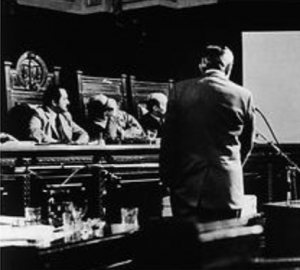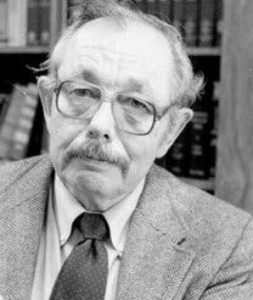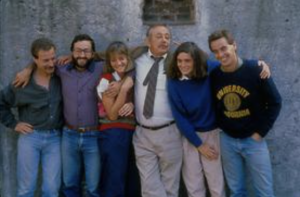In 1985 a Texan man stands by a mass grave in Argentina. He wears beaten down cowboy boots and speaks with a warm southern drawl. His work will help identify countless human remains around the globe. This man is Clyde Snow.
Born in the town of Fort Worth, Texas in 1928, Snow would go on to be expelled from high school, drop out of his first university, and join the air force before earning his Phd in anthropology. His career began investigating airplane crashes with the Federal Aviation Administration and progressed into work in crime scene investigation, historical documentation, and human rights efforts (O’Dell).
In the early stages of his career, modern analysis techniques weren’t widely used, and most scientists relied on the Bertillon system, which involved a series of different measurements ranging from the little finger to the femur (Snow 1982:98). Snow developed techniques himself using the knowledge he gained while working towards his doctorate. He could estimate the age of an individual by examining the fusion of growth plates through a process called ossification, and behavioral information like handedness or muscle use was revealed to him by differences in arm length and bone density respectively. Some of his most influential developments came from analysis of the skull, which allowed him to estimate facial structure, sex and ancestry – this knowledge made him a pioneer in the field of facial reconstruction (McFadden 2014). Snow’s ten step process of forensic anthropology outlines the proper order of investigation and is still taught around the world today (Snow 1982:104).
Snow used these techniques in a wide variety of settings, ranging from the identification of victims of serial killers to documentation of mass grave sites. One of these large scale burial sites was located in Argentina, where a group of students assisted him in analyzing the skeletons of over five hundred individuals who disappeared during the seven year “dirty war”. These individuals showed evidence of violent torture, and the work of Snow and his students lead to legal ramifications for those involved in the disappearances. He did similar work in Croatia and El Salvador, and investigated mass murder cases in Ethiopia, Guatemala, and the United States – including the victims of infamous serial killer John Wayne Gacy (Well 2014). His work also had significant effects on the interpretation of history, particularly when he identified the remains of Nazi “Angel of Death” Josef Mengele in Brazil.

Figure 3. Clyde Snow presenting at the trial of the Argentinian Junta 1985. Photograph by Daniel Muzio.
However, it was his efforts in the investigation of the murder of President John Fitzgerald Kennedy that sparked immense rewards for the field of forensic anthropology. His confirmation of the president’s x-rays pushed the American Academy of Forensic Sciences to make forensic anthropology an official specialty (Well 2014). In his words, the field of forensic anthropology is “the application of the physical anthropologist’s specialized knowledge of the human sexual, racial, age, and individual variation to problems jurisprudence”, and though it is straightforward in practice, the effects that field has had on criminal investigation and historical documentation cannot be underestimated (Snow 1982:128).
REFERENCES:
McFadden, Robert.
2014. Clyde Snow, Sleuth Who Read Bones from King Tut’s to Kennedy’s, Dies at 86. The New York Times.
https://www.nytimes.com/2014/05/17/us/clyde-snow-forensic-detective-who- found-clues-in-bones-dies-at-86.html. Accessed October 1, 2022.
O’Dell, Larry.
Clyde Snow. Oklahoma Historical Society | OHS.
https://www.okhistory.org/publications/enc/entry.php?entry=SN001. Accessed October 1, 2022
Weil, Martin.
2014. Clyde Snow, Forensic Anthropologist Who Identified Crime Victims, Dies at 86. The Washington Post. WP Company.
https://www.washingtonpost.com/local/obituaries/clyde-snow-famed-forensic- anthropologist-dies-called-grave-digging-detective/2014/05/16/f93778a4-dd44- 11e3-bda1-9b46b2066796_story.html. Accessed October 1, 2022
Snow, Clyde.
1982. Forensic Anthropology. Annual Review of Anthropology. Volume(11):97-131.
https://www.jstor.org/stable/2155777.
FURTHER READING
http://aboutforensics.co.uk/clyde-snow/
https://www.criminaljustice.ny.gov/ojis/history/bert_sys.htm



How does forensic anthropology relate to our understanding of anthropology as a study of human culture? What does it tell us about the morals and expectations we hold for each other as members of the same society?